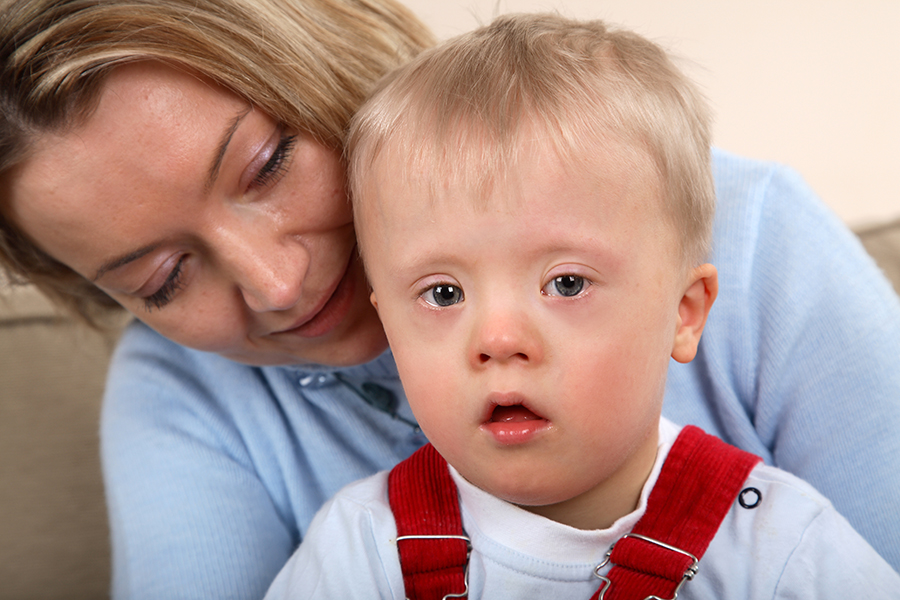Contributed by Maria “Yadi” Cornelius – mother of a child with special needs.
I woke up in a cold sweat one morning with the thought every parent has had at some point in their child’s life: “Who will take care of my child in my absence?” As a mom with a child with special needs, it becomes a bigger question than simply choosing a godparent. I had reached my max of family leave, which meant I now had to teach other people to care for my son. I wanted to make sure that anyone who cares for my son works as hard as I do to improve his quality of life.
That’s when I decided to create his care manual.
Having multiple people care for your child with special needs takes a lot of communication and teamwork. Organizing everything your caregivers need to know into one place will help ensure that your child gets the care he needs. Here are some tips to create your own care manual for your child.
1. Find a System that Works for You
For me, a 3-ring binder organized into sections with a table of contents in the front was the best way to keep my son’s information organized. A phone app might work well too, but keep in mind that your caregivers need to have ready access to this information. Having it all down on paper is the easiest way to do this, even if you have to make several copies.
2. Stay Organized
Keep a copy of the entire manual on your computer. That way, when there are changes to any part of the plan – and there will be – you can do a quick edit and email the revised copies to all of your caregivers.
3. Get Help
Your health care team can help with obtaining your child’s medical records and all of the treatment plans associated with his care.
4. Prioritize Your Child’s Needs
Communicating all of your child’s medical needs to others can be tedious and overwhelming. You need to provide enough information so that your caregivers know what to do, but at the same time you don’t want them to feel overwhelmed. Here’s how I organized my son’s manual:
- Medical history – Enlist the help of your child’s medical team to complete this section.
- Birth history
- Surgical history
- Diagnoses
- Allergies
- Medical equipment and supplies (feeding pump, ventilator, gauze, syringes, etc.)
- Include maintenance of the equipment, such as a copy of the operator’s manual for the feeding pump
- Treatment Plan
- Current medications
- Brand name and generic name
- Dose and how often to give
- Include special instructions, such as what to do if a dose is missed (even if the instruction is to call you)
- Current medications
- Health care team
- Names and contact information for all of your child’s doctors and nurses, including specialists, such as Gastroenterology (GI doctor) and Pulmonary (lung doctor)
- Emergency Situations
- What to do in case of a power outage
- Signs and symptoms that something is wrong with your child, such as vomiting or aspiration, abdominal discomfort, dislodgement or leaking of the feeding tube, changes in breathing, crying, anything else that applies to your child. If you’re not sure what to include, ask your health care professional.
- Therapies
- Include any daily therapies your child receives. This may include physical therapy, such as stretching or mobility activities, or occupational therapy such as feeding or grooming techniques.
It took a lot of work at first, but having an organized care manual for my son helps put my mind at ease when I’m at work. Training caregivers has become so much easier too, with a tool to teach them. I’ve noticed that serious illnesses and hospital admissions have decreased since I’ve started using the care manual because my team is prepared and they have the tools they need to recognize the signs and symptoms. I am my son’s voice. With his care manual, he still has a voice even when I’m not there.
Contributed by Maria “Yadi” Cornelius
More resources on caregiving and your child with special needs:
How can I organize my child’s health information?
Finding a caregiver for your child with special needs: 12 key tips
Respite Care for Children with Special Needs
For more Helpful Links and Resources for Families of Children with Special Needs, click here.















